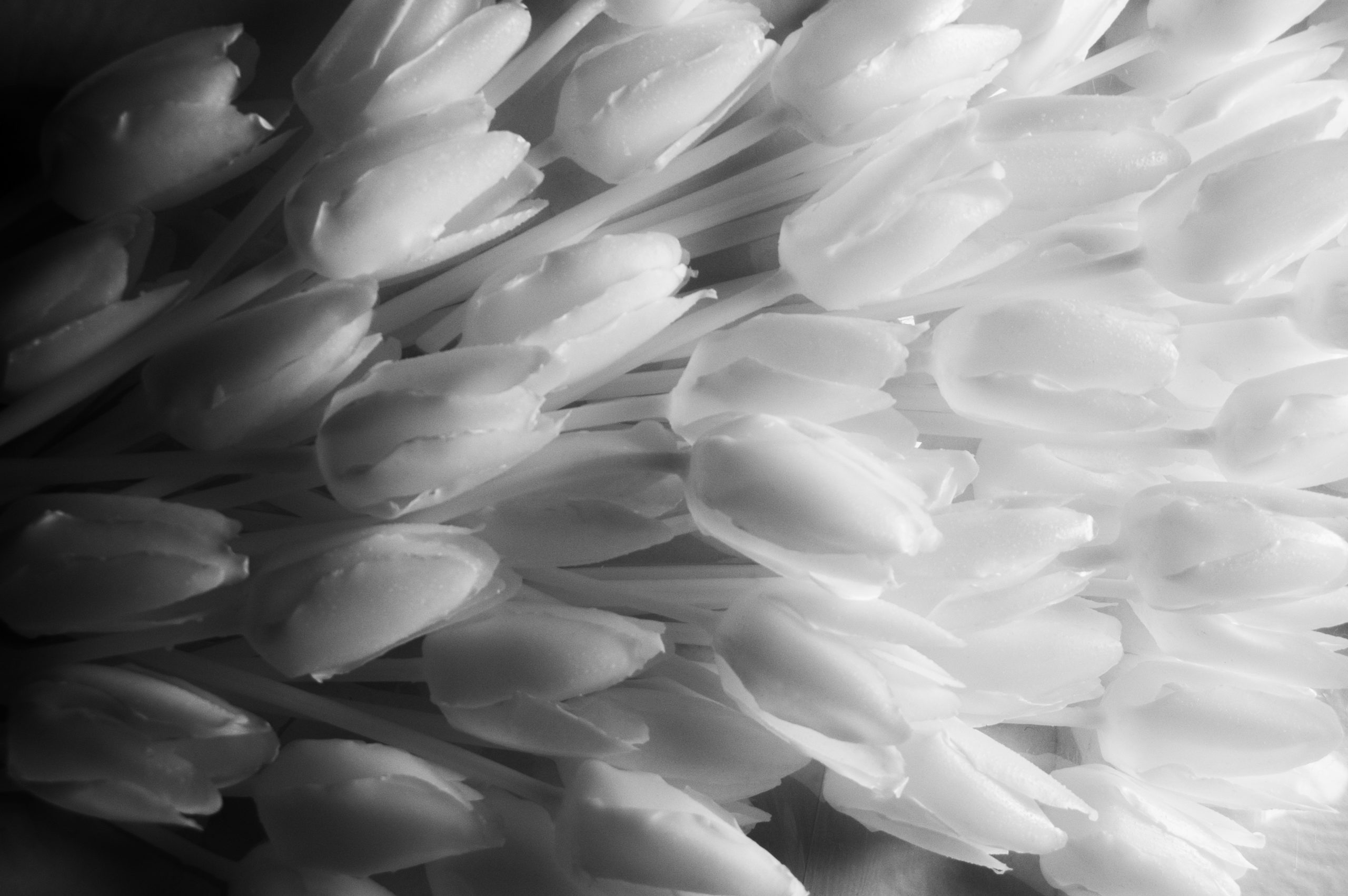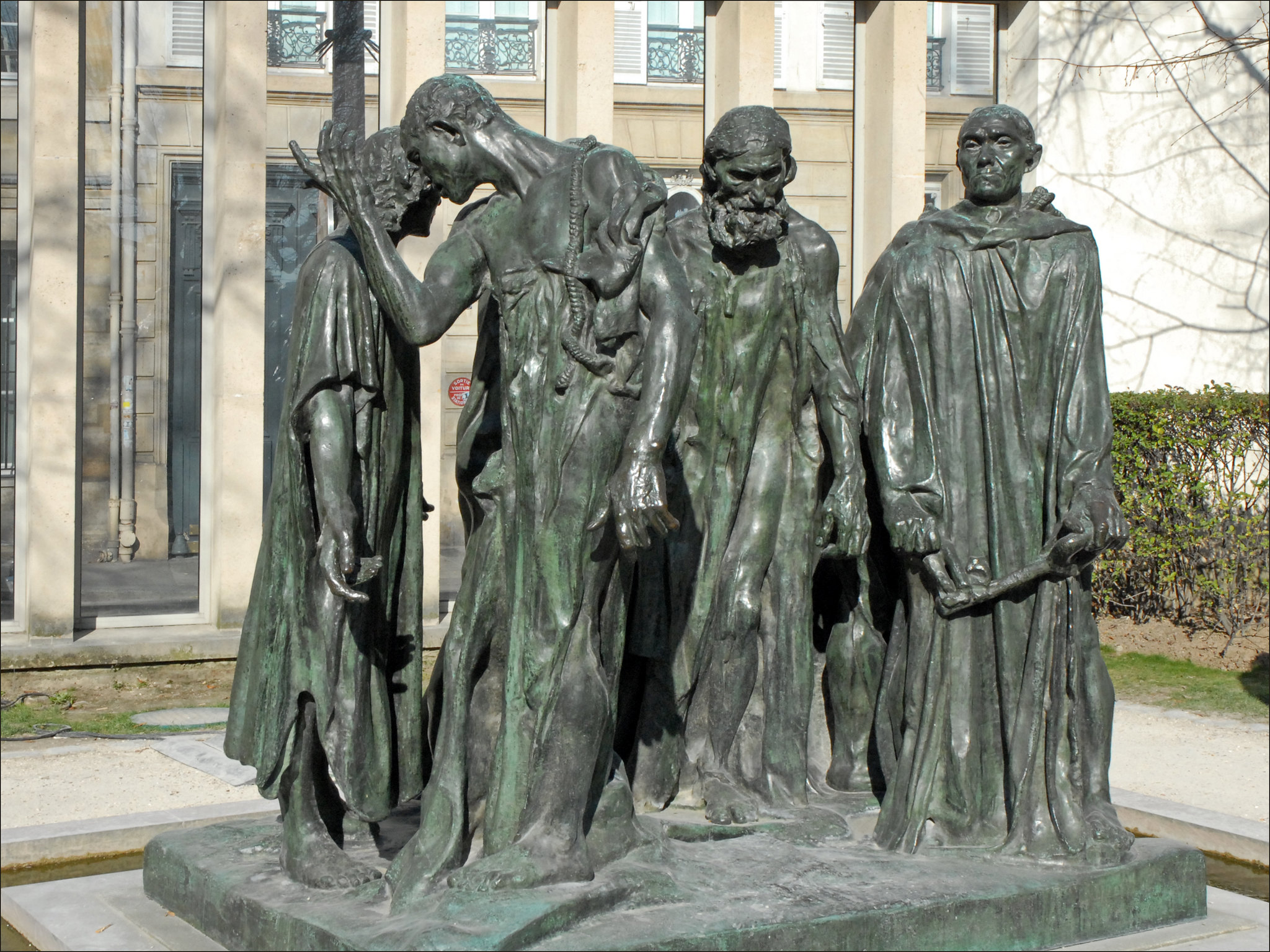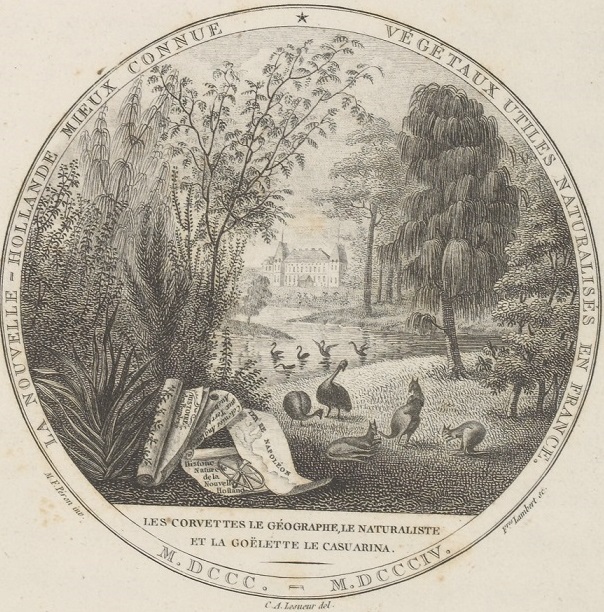Posts
https://www.picturesquevoyages.com/wp-content/uploads/2021/02/Mona_Oren_Wax_Tulip_Mania_2020_2021_HD_credit_Pauline_Hervault-scaled.jpg
2271
2560
admin8800
https://www.picturesquevoyages.com/wp-content/uploads/2019/02/picturesquevoyageslogo-300x68-2-300x68.png
admin88002021-02-01 18:09:032023-03-05 18:15:48Nature into Art: Wax Tulip Mania
https://www.picturesquevoyages.com/wp-content/uploads/2020/06/5527575232_4b89eddce7_k.jpg
1536
2048
admin8800
https://www.picturesquevoyages.com/wp-content/uploads/2019/02/picturesquevoyageslogo-300x68-2-300x68.png
admin88002020-06-11 12:53:452020-06-11 12:53:45Surprising Stories: Rodin’s The Burghers of Calais: Resistance and Sacrifice
https://www.picturesquevoyages.com/wp-content/uploads/2020/05/23172689_1846991101985554_4815079057292183083_n.jpg
600
600
admin8800
https://www.picturesquevoyages.com/wp-content/uploads/2019/02/picturesquevoyageslogo-300x68-2-300x68.png
admin88002020-05-18 12:53:072020-05-19 10:18:43Surprising Stories: Fragile Flowers: Redouté, Prints and Porcelains
https://www.picturesquevoyages.com/wp-content/uploads/2020/03/black-swans-at-Malmaison.jpg
480
640
admin8800
https://www.picturesquevoyages.com/wp-content/uploads/2019/02/picturesquevoyageslogo-300x68-2-300x68.png
admin88002020-03-26 15:16:162021-03-20 10:47:58Surprising Stories: Joséphine’s Black Swans
Scroll to top




